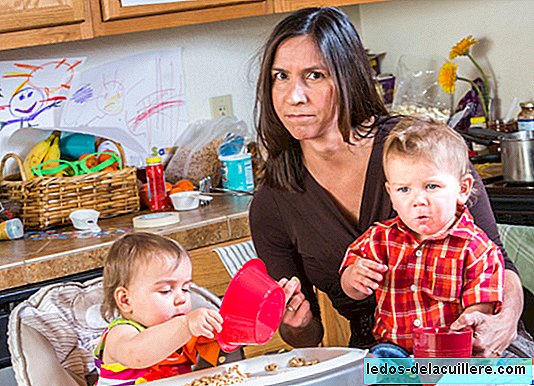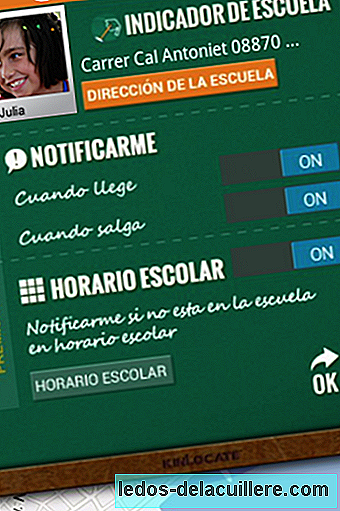
Many women are afraid of caesarean section. Others, on the other hand, prefer to have a cesarean delivery and avoid episiotomy. "They sleep you and you wake up with your child in your arms," the defenders say. "Do not intervene in the wonderful time to help your baby be born," say the detractors. The truth is that, today, this practice is usually done, for some, too much.
Where were the natural methods? The WHO (World Health Organization) is of the opinion that the extent of this practice is such that the epidemic qualification could well be applied. The percentages of cesarean deliveries they are currently well above the 15% approved by WHO, which considers most practices unnecessary.
There are those who believe that some clinics opt for caesarean section at the slightest complication for fear of a complaint if something went wrong. Or that there is a tendency to plan the birth that implies a greater number of caesarean sections, since if the induction fails, the following is the caesarean section. It is no accident that the day that most caesarean sections are practiced is Friday. Theoretically, it is done when there is a cause that prevents vaginal delivery or that means a risk to the mother or the baby. One in four babies in Spain is born by caesarean section and the most frequent causes are: diseases of the mother such as preeclampsia or heart disease, poor position of the fetus (buttocks or transverse position), placenta previa or fetal distress. Other less common may be the disproportion between the size of the fetus and the mother's pelvis, the mother's advanced age.












